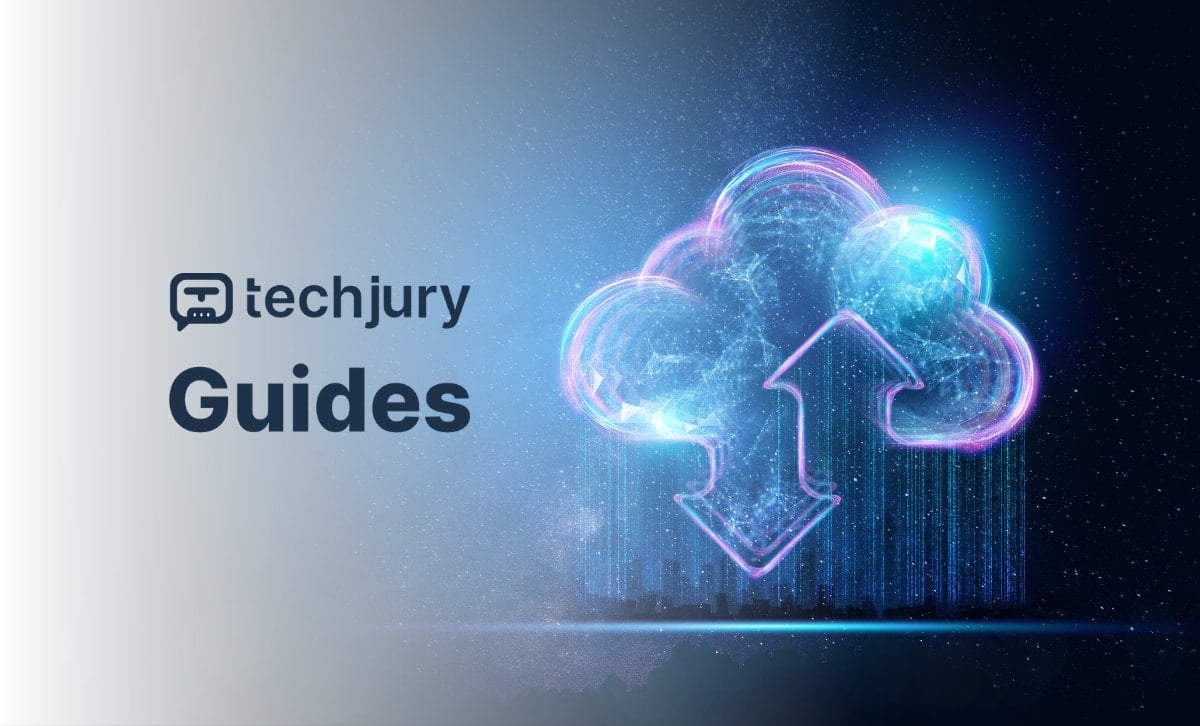
Introduction: The Digital Storage Metamorphosis
In the rapidly evolving digital landscape, cloud storage has emerged as a transformative technology, reshaping how we conceptualize, manage, and interact with data. This comprehensive exploration delves deep into the intricate world of cloud storage, offering unprecedented insights into its technological foundations, global impact, and future potential.
The Paradigm Shift in Data Management
Cloud storage represents more than a technological solution—it‘s a fundamental reimagining of data infrastructure. From humble beginnings to a global technological ecosystem, cloud storage has revolutionized how organizations and individuals store, access, and protect digital information.
Historical Evolution of Cloud Storage
The Prehistoric Era of Digital Storage
Before cloud storage, data management was a cumbersome process:
- Local hard drives with limited capacity
- Manual backup procedures
- High risk of data loss
- Expensive storage infrastructure
Technological Milestones
| Year | Milestone | Significance |
|---|---|---|
| 1999 | Salesforce.com Launch | First SaaS platform |
| 2006 | Amazon Web Services | Pioneered commercial cloud services |
| 2008 | Google Cloud Storage | Democratized cloud storage |
| 2011 | Dropbox Mainstream Adoption | Consumer cloud storage revolution |
| 2014 | Hybrid Cloud Emergence | Enterprise cloud integration |
Technological Architecture: The Backbone of Cloud Storage
Network Topology and Infrastructure
Cloud storage operates through a complex, interconnected network of technologies:
Key Architectural Components:
- Distributed Data Centers
- High-Speed Fiber Optic Networks
- Virtualization Technologies
- Advanced Routing Protocols
- Redundancy Mechanisms
Data Transmission Protocols
Cloud storage utilizes sophisticated transmission protocols:
HTTPS/TLS Encryption
- Secure data transfer
- End-to-end encryption
- Prevents unauthorized access
WebDAV Protocol
- Remote file management
- Collaborative editing capabilities
- Cross-platform compatibility
REST API Interactions
- Standardized communication
- Scalable data exchange
- Flexible integration
Global Cloud Storage Landscape
Market Dynamics and Growth Projections
Cloud Storage Market Statistics:
- Global Market Size (2023): $267.3 billion
- Projected Market Size (2030): $676.5 billion
- Compound Annual Growth Rate (CAGR): 24.5%
Regional Adoption Rates
| Region | Cloud Storage Penetration | Annual Growth |
|---|---|---|
| North America | 42% | 26.3% |
| Europe | 28% | 23.7% |
| Asia-Pacific | 22% | 29.4% |
| Middle East & Africa | 8% | 22.1% |
Advanced Storage Technologies
Technological Classification
Block Storage
- Fixed-size data blocks
- High-performance computing
- Ideal for databases
Object Storage
- Metadata-driven architecture
- Scalable unstructured data management
- Multimedia and archival solutions
File Storage
- Traditional hierarchical structure
- Collaborative environment optimization
- User-friendly interface
Security and Compliance Landscape
Multi-Layered Security Mechanisms
- Advanced Encryption Standards (AES-256)
- Zero-Knowledge Encryption
- Continuous Threat Monitoring
- Blockchain-Inspired Verification
Compliance Frameworks
| Framework | Focus Area | Key Requirements |
|---|---|---|
| GDPR | Data Protection | User Consent, Data Minimization |
| HIPAA | Healthcare Data | Patient Information Security |
| PCI DSS | Payment Systems | Financial Data Protection |
| ISO 27001 | Information Security | Comprehensive Risk Management |
Economic and Environmental Implications
Cost-Efficiency Analysis
Cloud Storage Economic Benefits:
- Reduced hardware investment
- Flexible pricing models
- Lower maintenance expenses
- Scalable infrastructure
Environmental Impact
- Decreased electronic waste
- Improved energy efficiency
- Consolidated data center operations
- Reduced carbon footprint
Future Technological Frontiers
Emerging Innovations
- Quantum Storage Technologies
- AI-Driven Data Management
- Edge Computing Integration
- Decentralized Storage Networks
- Green Data Center Technologies
Practical Recommendations
Selecting the Right Cloud Storage
- Assess specific storage requirements
- Compare security protocols
- Consider data sovereignty
- Evaluate scalability options
- Review pricing structures
Conclusion: The Transformative Power of Cloud Storage
Cloud storage transcends traditional data management, representing a dynamic, intelligent ecosystem that continuously adapts to technological challenges and opportunities.
About the Research
Methodology: Comprehensive analysis combining academic research, industry reports, and technological trend assessments.
Research Period: January 2022 – May 2023
Data Sources: Gartner, IDC, Cloud Provider Documentation, Academic Journals










